The Finger Lakes wine region has come a long way since its sole planting of native grape varieties and hybrids. Today, the more than 100 wineries in the region are producing a whole list of wines including Pinot Noir, Chardonnay and Champagne-style sparkling.
But the pride and joy of the region? Riesling.
The grape is believed to be indigenous to Northern Europe. The earliest record of Riesling is from 1435 when Count Katzenelnbogen at Ruesselsheim purchased Riesling vines and history shows the wine transcending into the wine of German nobility.
Germany is still the main producer of Riesling today. It’s generally considered a cool-climate grape due to its cold hardiness so its history and success is no surprise in the northern country. Grape growing in Germany is mostly concentrated in the south and around the river valleys where temperatures are moderate, very much like the Finger Lakes region.
The Finger Lakes region has had great success with aromatic white grapes like Riesling.
Aromatic wines have strong floral and fruit aromas. Rieslings usually have fruit tastes of pear, peach and apple sealed off with a crisp taste from high acidity. It’s commonly misconceived as a sweet wine. But really, it can range anywhere on the scale from dessert sweet to very dry and it really comes down to what a winemaker wants.
And there’s a lot of winemakers making Riesling. Bellwether Wine Cellars off of Cayuga Lake produces just Riesling and Pinot Noir (and some rose). Bellwether winemaker Kris Matthewson says he felt it was important to specialize and get as good at making those wines as he could.
“Riesling doesn’t limit you,” Kris says. “You have so many different components. It’s one thing, but it has the most versatility of any grape in the world. I can make 10 different wines from one site and really explore that site.”
Bellwether Rieslings, like Rieslings produced across the region, reflect the unique terroir of the lakesides. Kris makes single vineyard wines, so the wines are an exact reflection of the vineyard. Their Keuka Lake vineyard site lends more mineral-driven, low alcohol, high acid wines. Whereas wine produced from their Seneca Lake site are plushier, show more stone fruit and are more suited to be off-dry aromatic wines.
Kris says their Rieslings stood out quite drastically in 2013 when they introduced more austere, mineral-driven wines – much different than the sweeter styles he says were largely being produced in the region and what many consumers had come to expect of Riesling. But there were always dry Rieslings, and there have been increasingly more over the past few years.
And now, consumers may still expect their sweet Rieslings, but they’ll find it all in the Finger Lakes. There are more than 200 Riesling brands, according to the Finger Lakes Wine Alliance, and each winemaker will probably make 2-3 different Riesling styles. Each Riesling with its own unique style and terroir shining through.
In Kris’s opinion, no one else competes with the Finger Lakes Riesling in the US. But as he’s traveled coast to coast selling his wines, he’s found that New York wines aren’t valued as much as West Coast wines. ”I’m trying to champion the finger lakes as much as possible.”

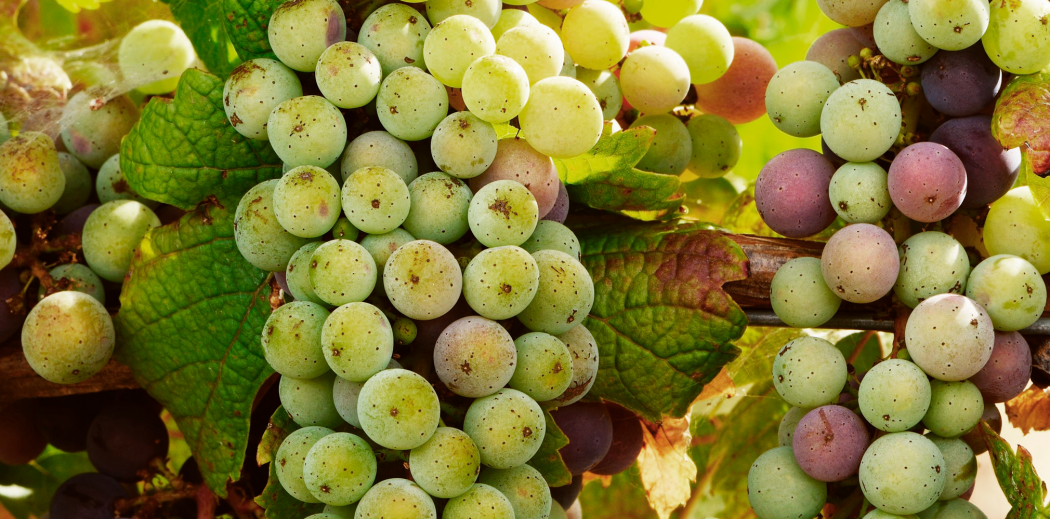


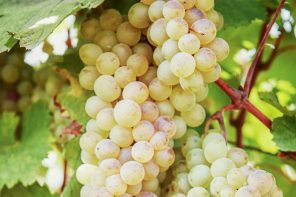
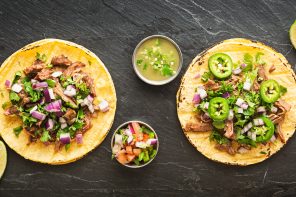
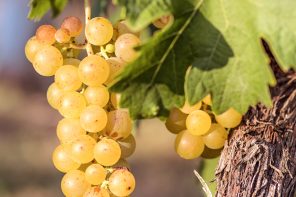

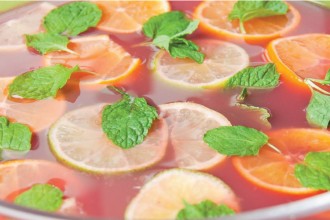
I LOVE REISLING. MY VERY FAVORITE!!